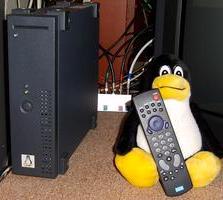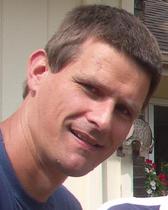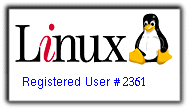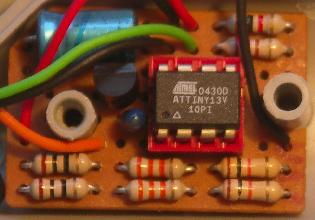|
In 1993, I installed a 120 cm steerable satellite dish,
with a Johansson JSRP-5000L (analog)
satellite receiver. With this installation, I can receive
approximately 25 satellites between 42 degrees east and 45
degrees west. I also have a 60 cm fixed dish pointing to the
Astra satellites.
In August 1999, I upgraded my satellite TV system by adding
a digital receiver, the Nokia Mediamaster 9500 S, also known
as d-Box 1 in Germany. This receiver is a bit outdated
now, but it was a great receiver at that time, provided you
replaced the firmware with the
DVB2000
firmware from Dr. Overflow. The Nokia 9200 and 9600
are similar to the 9500.
The Nokia 9500 has a serial port and a SCSI port, that
can be hooked up to a PC. You can use these links to
upload or download the channel settings or video, audio,
and Teletext streams.
A lot of PC software is available for these Nokia tuners,
but unfortunately, almost everything is written for MS-Windows.
Because I didn't find any Linux programs, I wrote some
utilities myself. You can find them on my
Mediamaster Tools
page.
If you have a Mediamaster with the original remote control
(not the D-Box one), and you have problems with the layout
(e.g. you need to press MENU instead of TEXT to get Teletext),
go to my DVB2000 Patches page.
I've made a small patch that swaps three buttons of the
remote control, and you can download the patch there.
On that same page,
there is a patch that adds automatic adjustment for daylight
savings time to DVB2000.
In 2004, I built a digital satellite receiver from a Linux PC
running the VDR software,
which turns the PC into a digital video recorder.
It uses a DVB-S card with an embedded MPEG decoder, which means
that you don't need a fast CPU to decode the MPEG streams.
In fact, I still use the small PC shown on the foto, which
has a 200 MHz WinChip C3 CPU. The PC is diskless, it boots
from the network, and mounts its filesystems via NFS.
|

|








